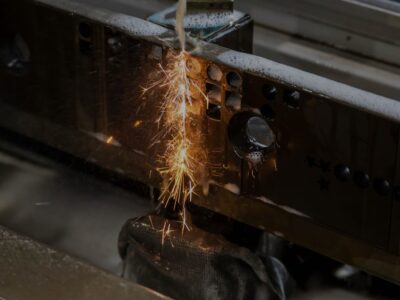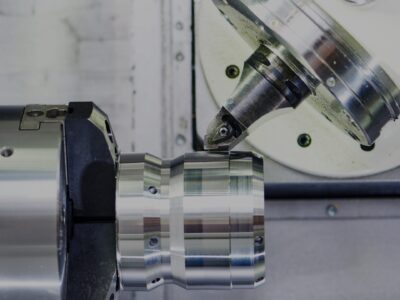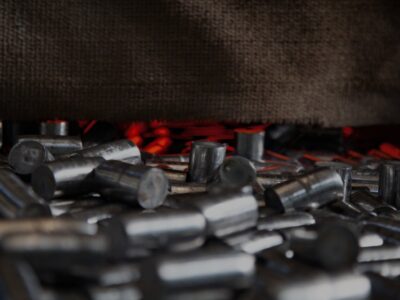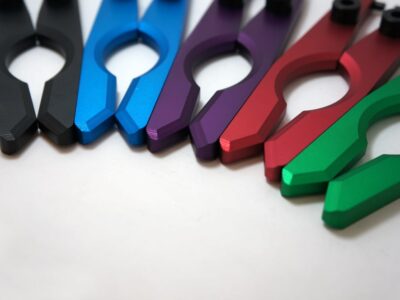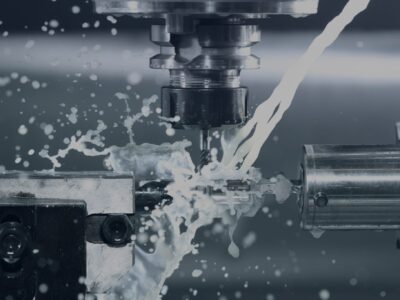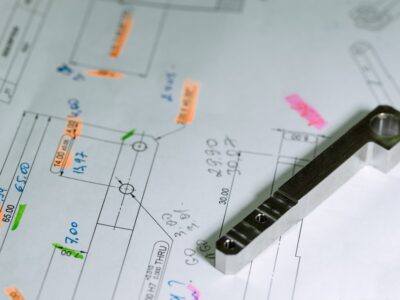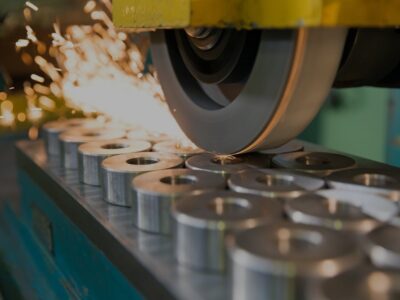Originally published on fastradius.com on January 25, 2021
CNC machining is a subtractive manufacturing process that uses computer-controlled cutting tools to remove material from a solid workpiece, revealing a finished part. This technique is fast, compatible with a wide variety of materials and production volumes. A number of processes fall under the umbrella of CNC machining, including CNC turning, CNC milling, cutting, engraving, and electrical discharge machining (EDM).
EDM isn’t the most common CNC machining process available, but many engineers have begun exploring its value for creating part features that would be otherwise impossible to machine.
In fact, Zion Market Research estimates that the electrical discharge machining industry will grow to nearly $8 billion by 2024. Here’s everything engineers should know about state of the art electrical discharge machining, from how it works to its best-fit applications.
What is electrical discharge machining?
Electrical discharge machining is a highly precise manufacturing process that uses electricity to remove materials from the workpiece instead of a cutting tool. In fact, the workpiece isn’t touched by a tool at all. Instead, a high-frequency electrical charge disintegrates the material molecule by molecule to make a sharp cut.
During the electrical discharge machining process, an electrode made of copper, brass, graphite, or tungsten is brought within a hair’s width of the electrically conductive workpiece to be machined. Then, the voltage between the electrode and the work piece is increased until an electrical discharge, or spark, occurs.
This process is repeated at high frequencies (on the order of 10KHz) and as the sparks fly between the electrode and the workpiece, tiny cuts are left behind on the material’s surface. To stop the electrical discharge and prevent the sparks from conducting between the electrode and the workpiece, the finished part is then submerged in a dielectric fluid.
In general, electrical discharge machining is best-suited for low-volume production runs of extremely precise parts. EDM is often used to make molds, coinage dies, jet engine turbines, and components for medical devices.
Different types of electrical discharge machining
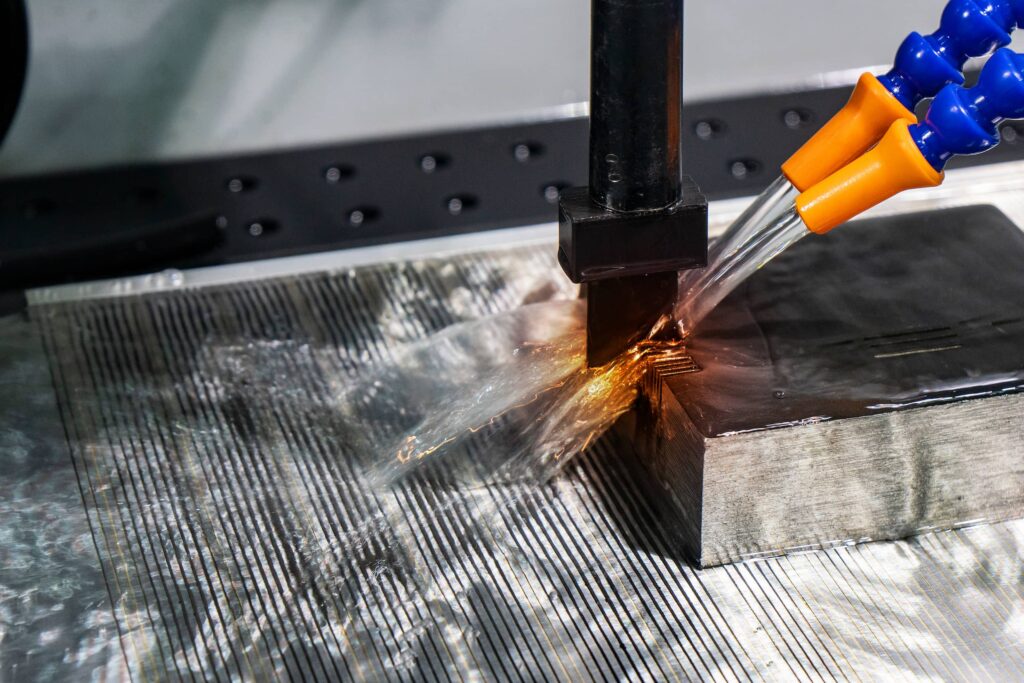
Wire EDM uses a thin copper or brass wire — which acts as an electrode — to cut into a workpiece. During machining, the wire continuously unfurls from an automated feed with a spool in a carefully controlled pattern. This approach works reliably well, but engineers should know that the wire must be able to pass entirely through the workpiece. This creates a two-dimensional cut in a three-dimensional part, which often yields similar results to traditional CNC machining methods.
Sinker EDM can create complex cavity shapes for tool and casting applications like plastic injection molds. This process requires graphite or copper electrodes that have been pre-machined to form a “positive” of the desired shape. The electrode is then pressed into the workpiece, creating a negative of the original shape.
Hole drilling EDM, as the name suggests, is specifically used for drilling holes. The electrodes for this process are tubular in shape, allowing dielectric fluid to flow through the center of the electrodes themselves.
Electrical discharge machining advantages and disadvantages
Electrical discharge machining is well-suited for creating extremely precise parts that must fit together perfectly. Engineers should consider using EDM if they need to work with metals like high-strength titanium or hardened steel that are difficult to machine using traditional CNC machining. EDM is also particularly effective for hole-drilling applications.
A key advantage of electrical discharge machining is that it may offer design teams greater freedom. Since electrical discharge machining is a non-contact manufacturing process, product teams can design parts with thin walls or honeycombed features without worrying about deflection. Additionally, sharp internal corners with radii as small as 0.001 inches are now possible with EDM.
Compared to other forms of machining, EDM also tends to expand a team’s pool of viable materials; the process enables them to save money when machining expensive materials like gold or platinum because it generates virtually no material loss.
Even with these advantages, electrical discharge machining isn’t the best choice for every application. Electrical discharge machining is not very energy efficient, and tends to be slow and expensive. Additionally, teams must be mindful that conducting EDM requires a highly specific skill set — if their in-house teams are not trained in EDM, they must outsource production or risk expending time and resources on training machinists. Product teams should be sure to weigh these considerations up front.
Mastering electrical discharge machining
Electrical discharge machining is a highly precise manufacturing process that allows product teams to create complex shapes and depths that would be impossible to create using standard cutting tools. EDM also offers a superior surface finish, and enables product teams to work with expensive metals while mitigating material loss costs.
However, it’s important to keep in mind the associated costs and relatively slow production speed of EDM, which make the process less-than-ideal for a number of applications. An experienced manufacturing partner can help ensure that a product team has chosen the best manufacturing process and materials for their next project.
For product teams looking to optimize part designs, shorten production times, and save on mold costs with CNC machining of any kind, SyBridge Technologies can help. Our in-house machining capabilities are sure to fit the needs of any product team, and we provide 360-degree support and advisory services throughout the product development, production, and fulfillment phases of every project. We can also help guide engineers who are looking to branch out and explore what electrical discharge machining has to offer. Contact us today to get started — we’re ready to go!

